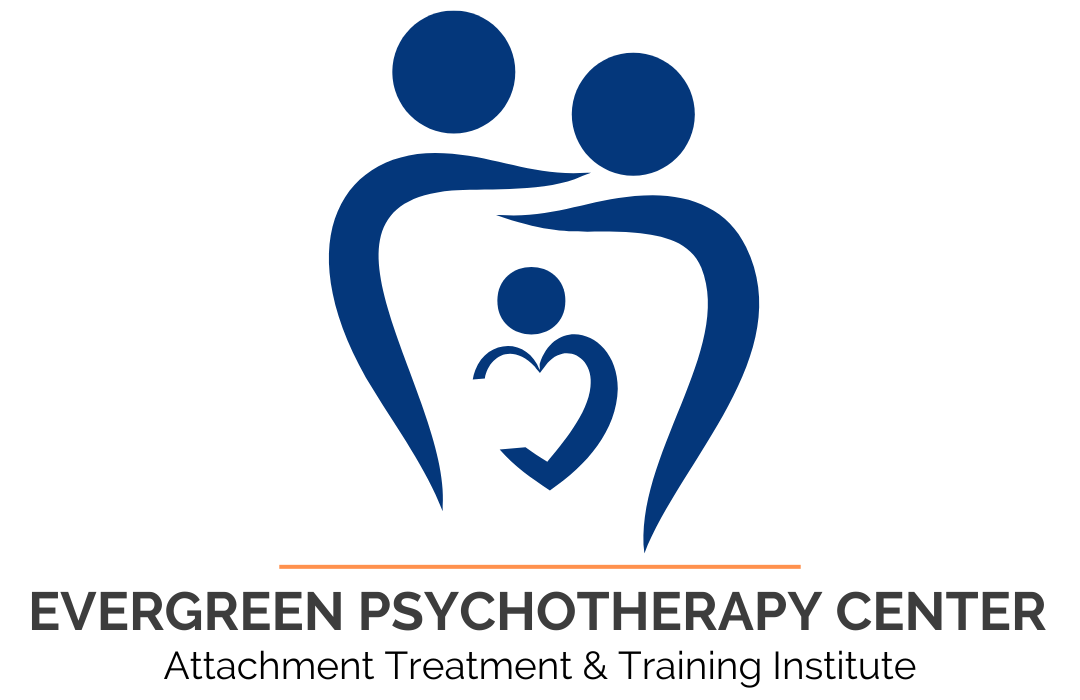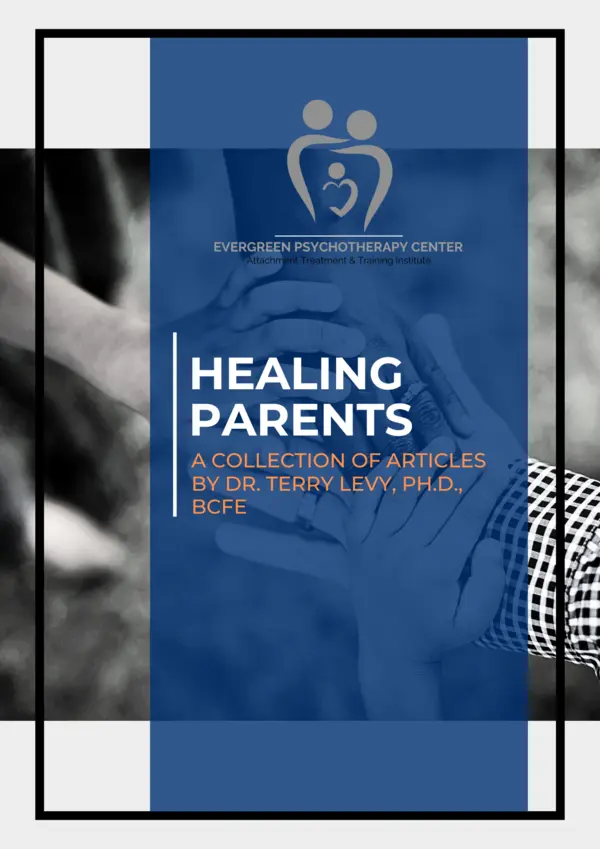Our treatment
Our services
Evergreen Psychotherapy Center co-founders, psychologists Terry Levy and the late Michael Orlans, developed Corrective Attachment Therapy. It is based in family systems, trauma resolution and communication work.
In his family systems work, Bowlby (1988) expressed the very characteristics of treatment that Corrective Attachment Therapy encompasses: the history of the adult’s experiences as a child; their relationship / attachment to their parents; the type of parent they had; the communication experienced; and their experiences and capabilities with eye contact. Doyle et al. (2000) predicted the parent / child to adult patterns uniquely with both mother and father, based on the parents’ attachment style. Hendrick et al., (1994) had looked at much the same patterns. Many other writers and researchers have looked at the exploration and gathering of information concerning attachment patterns in adult relationships. This research found that the securely attached did better in relationships than the insecurely attached before treatment, and that after treatment there was little difference overall between the groups.
Clulow (2001) looked at preventative communication skills that helped couples review their relationship patterns and assumptions, much as ACT did in this study. Patterns of communication were shown in this study and other studies to be assimilated in families of origin (Botta et al., 2000). Wallerstein et al., (1996), Gottman (1994) and Richo (2002) all included attention (listening and attunement), sharing, and reality in their keys to having an adult long-term relationship. The ACT stresses these attributes and sets up a forum where each person can feel heard and understood. ACT also eliminates the destructive patterns of criticism, stonewalling, defensiveness and contempt (Gottman, 1994), instead encouraging calmness, acceptance and validation. Once ACT is taught to the adults, they practice it over the ten-day period of the therapy and are encouraged to use it on a regular basis. Richmond et al., (1997) noted that higher degrees of communication lead to improved satisfaction in marriage.
The clients with unresolved attachment were able to resolve trauma through the Corrective Attachment Therapy components of HNP/PDR and ACT, and have found the strength to move on with their lives with hope for the future. Posttraumatic stress disorder resolution through the HNP/PDR has allowed other clients to state that they can relax, sleep properly, and enjoy their lives, these being new experiences that allow them to feel “normal” for the first time in their life. Dr. Levy and Michael Orlans’ Revise, Revisit, and Revitalize, treatment model falls into the same categories of previously accepted posttraumatic stress disorder theories of Hansen (1992), Matsakis (1994, 1996) and Schiraldi (2000). Levy and Orlans combine this model with the HNP which addresses attachment issues and provides security and connection throughout the experience.
The treatment team is experienced in the field of attachment, with Dr. Terry M. Levy and Michael Orlans having written their third book on the subject of, “Healing Parents.” The clients who come to the center, although they are often anxious and nervous on arrival, come to trust the team to understand the issues involved. Therapy is done with the client; they have a voice in their treatment, and they become a member of their own treatment team. This approach fits into attachment models described by Dozier (1990), Dozier et al (2001), Hazen et al., (1994), and Holmes (1996).

